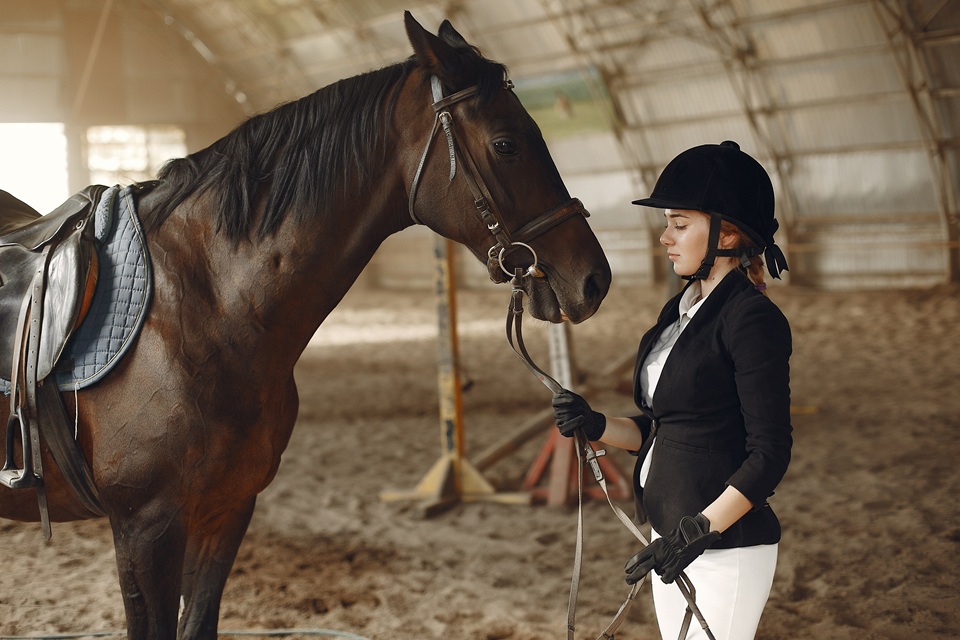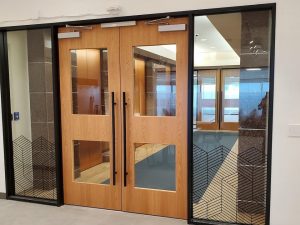Key Takeaways:
- Different boarding facilities offer varying levels of care; understanding these differences can help you make the best choice.
- Essential factors to consider include amenities, the quality of care, and staff expertise.
- Identifying potential issues early on ensures the safety and well-being of your horse.
Finding the right home away from home for your horse is crucial for their well-being and your peace of mind. With options like pasture boarding Lee s Summit MO, selecting the ideal facility involves weighing various factors, including the types of care and environment your equine friend will experience daily. A well-chosen boarding facility provides more than just a roof and food—it offers a nurturing environment that meets your horse’s physical and emotional needs.
Understanding different boarding arrangements and assessing what they offer can help make an informed decision. Each boarding type, whether a full-service setup or a more straightforward pasture arrangement, has benefits, responsibilities, and considerations. Exploring these options ensures you and your horse are content and secure, benefiting from a mutually rewarding relationship.
Understanding Horse Boarding
Horse boarding is an arrangement in which horse owners house their equines at professional facilities that provide varying levels of care depending on the selected service package. It’s similar to finding the right school for your child, where location, resources, ethos, and personnel play crucial roles. From basic shelter services providing space and essential care to full-care setups offering grooming, daily exercise, and comprehensive medical services, these facilities cater to differing owner and horse needs. Choosing the right boarding type ensures a harmonious and rewarding dynamic between the owner and the equine.
Types Of Horse Boarding Facilities
When looking at boarding options, you can typically choose between three primary models: full-care, partial-care, and self-care. Full-care boarding broadly covers all essential services such as feeding, turnout, and stall cleaning. It’s the best choice for those with limited time who prefer to leave day-to-day responsibilities to professionals. Partial-care arrangements involve shared responsibilities, where some tasks fall on the owner, allowing more involvement in their horse’s daily life. Self-care, however, requires owners to manage most daily tasks themselves. This option suits hands-on people who have the time to devote to their horse’s care.
Evaluating Essential Amenities
When choosing a boarding facility, amenities play a crucial role in ensuring both comfort and safety for your horse. Look for stables with ample shelters, proper ventilation, clean water supply, and secure fencing. These fundamental amenities prevent potential health and safety issues. Access to large pastures is vital for grazing and your horse’s mental well-being, enabling social interaction with other horses. Additionally, facilities should offer varied exercise spaces such as riding arenas and trails, which are pivotal for maintaining equine physical fitness and breaking the monotony of the routine.
The Importance Of Daily Care Routines
A consistent care routine forms the backbone of a healthy horse life. Daily schedules should include structured feeding times, grooming sessions, and appropriate medical check-ups. Facilities should follow established routine procedures that meet these needs, providing the consistency that animals thrive on. Regular check-ups and preventive veterinary care are crucial in spotting potential issues early before they develop into severe conditions. This approach assures long-term health and minimizes emergencies.
Staff Experience & Expertise
The expertise and professionalism of the staff can significantly influence the quality of care your horse receives. Therefore, it’s essential to assess the team’s credentials and training. Experienced personnel are better equipped to handle emergencies, administer first aid, and maintain calm in stressful situations. Moreover, their understanding of horse behavior can enhance the caregiving process, making it more effective and tailored to individual equine needs. Observing how staff members handle horses during a visit can offer insights into their engagement and overall facility management style.
Navigating Costs & Contracts
Understanding what you’re financially committing to with a boarding facility goes beyond basic service costs. Each facility may adopt a varied cost structure depending on service scope and add-ons. These might include extra dietary requirements, grooming, or personalized training sessions. Engaging with the management to clarify these details helps avoid misunderstandings. A clear, well-defined contract is essential, acting as a mutual agreement outlining all services and their respective costs, ensuring transparency, and minimizing conflict.
Tips For Transitioning Your Horse To A New Facility
Switching to a new boarding facility can be daunting for a horse. Planning a smooth transition can mitigate potential stress associated with change. Introducing your horse to the new environment gradually while maintaining familiar routines could facilitate adjustment. Visiting the facility a few times before the move allows your horse to familiarize itself with new sights and smells, reducing anxiety. Ensuring that certain aspects of their routine remain unchanged through the transition, like feeding times and using the same grooming tools, can help ease the move.
Warning Signs To Watch For
Potential red flags may arise during your evaluation of a boarding facility. Indicators such as poorly maintained infrastructure, unprofessional staff behavior, or lack of transparency in communication should prompt caution. Ensuring these elements meet a high standard protects your horse’s safety and welfare, leading to a positive boarding experience. Facilities that hesitate to provide straightforward answers or restrict visitation should be inspected critically, as transparency is key to a trustworthy operation. Your vigilance in these matters is crucial to ensure your horse enjoys a safe, supportive environment.






Leave a Reply